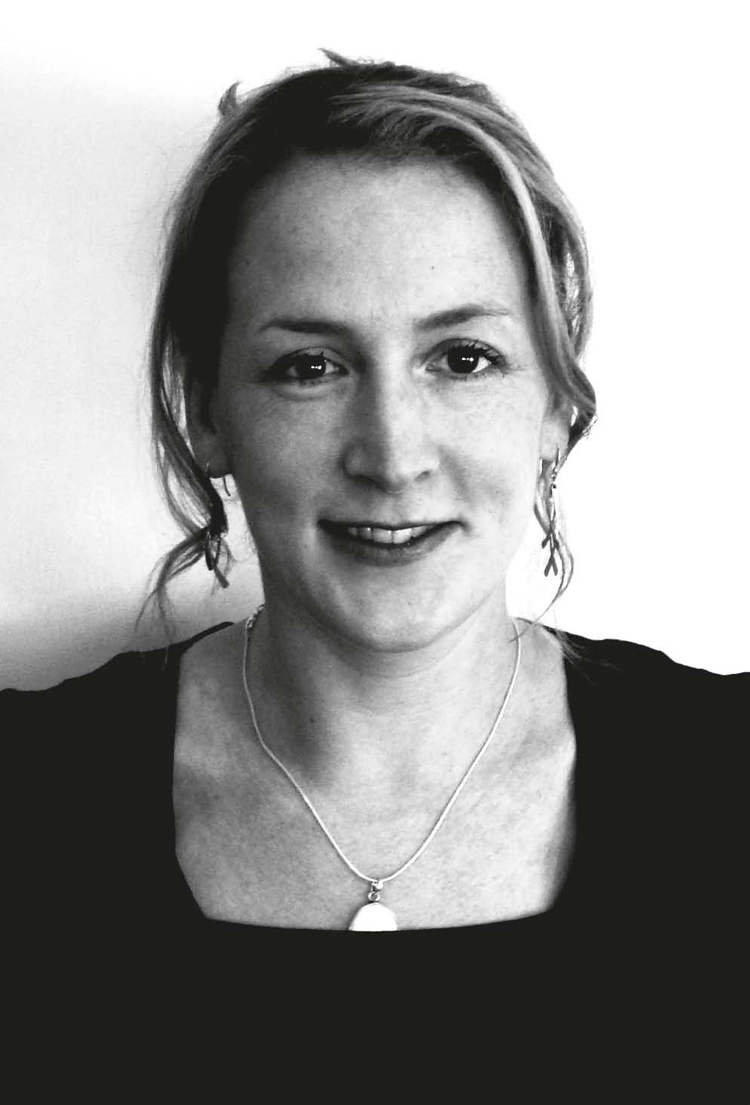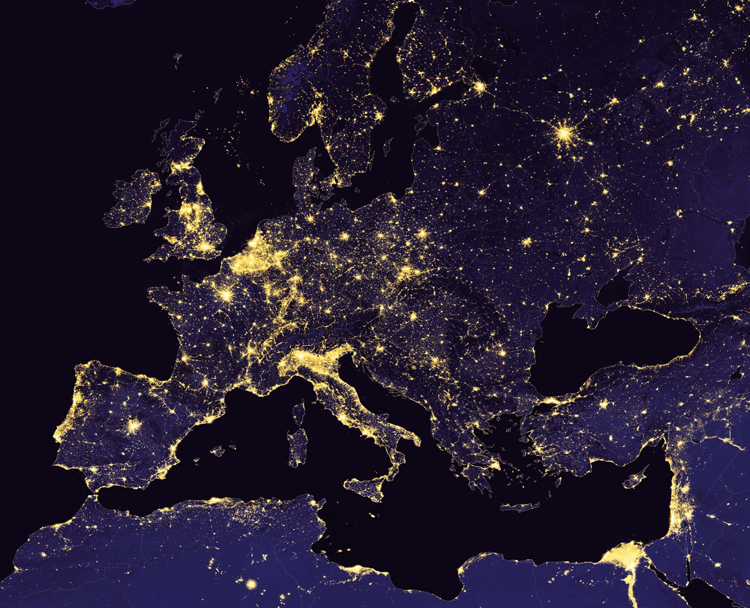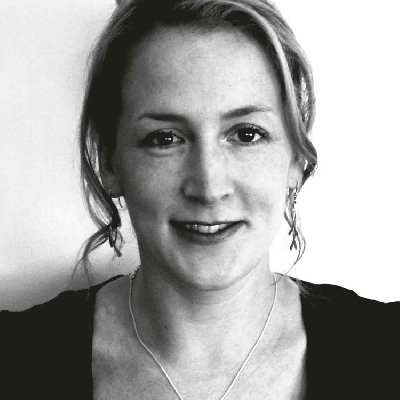
If you were to introduce the circular economy to a 10 year old child how would you capture their imagination on such an expansive subject?
“I would try to explain it as if we are on a spaceship flying through the universe with a population predicted to expand from 7-9 billion in the next 35 years where, currently, not much more than 1 billion enjoy a decent standard of living. I would say that in the next 20 years we are going to multiply the number of people enjoying our kind of life by 4 to 5 billion. If, in the future, everyone lives their lives consuming in the way that we currently do, this spaceship is going to run out of resources. So if we want to make secure the future of the spacecraft and its crew, we need to think very hard about how to become more resource-efficient.
Being resource efficient means greater reliance on natural resources. But equally, we need to be aware of our natural capital, which means we need to understand that the amount of clean air, water, soils and minerals on this planet are limited. Our current linear production method of digging out raw materials, making a product and then dumping it in landfill at the end of its life is going to kill the planet. So we need to try and keep materials within a loop and that is why we call this model the circular economy.”
What do you see as the biggest challenges for Europe in making the transition from a linear to a circular economy at a time where economic uncertainty, rather than the environment, is top of the list of concerns, for many?
“It’s very strange because there is ample evidence that the green tech sector has, in fact, carried the EU through the present crisis. The main sectors that have continued to create jobs and growth during the recent crisis are what we would call the ‘green’ sectors of our economy. We do need to become a lot better at communicating this, though. I remember, for example, the shock expressed by a journalist whom I told that we are exporting more clean and green technology and goods than cars! We need people to grasp this fact and, in many ways, we need people to take the green economy out of the ‘environmental corner’. We have a lot of understanding in industry that the circular economy is European competitive DNA. As far as the green economy is concerned, we are competitive at a global level and the demand for green economy is growing. This means engineering but it also means governance and creating the right frameworks. The worldwide interest is clear and many countries are visiting us, here in Europe, to see how we are doing things. So I really think that we only have one problem, namely that of communication and of making our message understood.”
It’s been said that the circular economy strategy should be based on a policy for economic growth with appropriate economic measures and instruments. Do you see encouraging elements in place that are going to help this become a reality?
“We are working very closely with our colleagues in DG Growth (formerly known as DG Industry) and with a number of other DGs, who all see the opportunity ahead of us. But, as always, this implies structural change and a transition period. When we moved from travelling by horse and cart to cars and lorries, there was a lot of resistance to this transition as well and we see similar attitudes at present. I have seen many industries who have clearly begun investing in a new, sustainable industrial future but, on the other hand, I still see others that hope for many more years of status quo in order to continue reaping the benefits of the industrial investments of the past. In a time of ongoing global economic crisis that is a particularly strong reflex. What I hope is that regulators at European and national level will ensure that whilst taking into account these realities, we need to put frameworks in place that favour and reward the innovative forces of our society and not the laggards.”
As you know, the bioeconomy and biobased industries are proactively working and investing in the development of an EU renewables-based future, as evidenced by the €3.7 billion biobased industries Joint Undertaking launched last year and this year by the launch of the European Bioeconomy Alliance. What role do you see for bioeconomy within the circular economy?
“I think it is going to be a very important role. There is great innovation and great promise in it. In many ways, by definition, the bioeconomy is renewable because we are working with raw materials which grow back year after year. The challenge will be to ‘size’ it correctly. In the past we have exaggerated on the renewable economy. Overfishing is one example of this. Fish stocks will recover and they will continue to offer us food solutions for the future but only if we don’t overfish. The bioeconomy, for me, in many ways faces the same challenges. We can use our forestry resources and other bioresources in many new and innovative ways but we need to make sure that it remains sustainable. This means harvesting within the regeneration capacity and getting those balances right is the real challenge. So, there is a need to approach the whole thing from a sustainable point of view.”
In addition to market stimulation measures, such as green and innovative public procurement, what other measures could be put in place to enable biobased and other industries to lead the way towards a successful EU circular economy?
“We still need to attract investment and what investors need is stability and a predictable environment. We need to convince investors that they will have an acceptable period of time, covered by supportive and favourable framework conditions, in order to recoup their investments and to create new markets. We need to put these supports in place because we, as a society, think that the circular economy is something that we should be supported and used more and more. Wherever I go in the European Union, from Finland to Austria, to Germany, Spain and beyond, these are the kind of demands that I hear. Industries, member states and regions, would be prepared to invest, provided that they knew a predictable, supportive, long term framework was in place. However, at the moment there is a lack of clarity on many fundamental issues across the member states on a number of critical issues like ILUC (Indirect Land Use Change) and what ‘sustainable’ management of resources actually means. If we want to take advantage of one of our core strengths as a Union, the single market, we need resolution and agreement on these issues.
There are some instruments already in place to help more sustainable products reach the markets, but in the circular economy at the moment our targets are too short-term. Many important investments made in the circular economy today will not pay off until 2020 but more likely by 2030 or 2040. The support measures that we offer need to reflect this and we need to be ready to reassure EU and International leaders in sustainability that our framework will nurture those who invest here.”
Do you see the Juncker 315 billion investment package and the European Investment Bank’s Innovfin initiative playing a role here?
“I am convinced that we need all forms of finance but we certainly need to tap into private capital. The Juncker model of private financing supporting public financing is the model that I see everywhere, from the US to developing countries. There is simply too little public money available these days. That means we need to use our public money wisely to have a multiplier effect to boost the amounts that we can work with.”
Can an EU circular economy encourage a regional approach towards sustainable production and use?
“I don’t think that we should set our sights on a one-size-fits all approach. On the other hand there are some basic principles that we should all adhere to. More importantly, we should not extract more than nature can regenerate. Then we can leave it to the individual regions to come up with a translation of their own renewable, circular economy whilst respecting that principle. If we use more than we can regenerate, we are running into environmental debt and, as I mentioned, I do think we need a common understanding on what is sustainable to prevent fragmentation of our single market. But, in the member states, I do see an understanding of these concerns and a concerted approach to deal with them responsibly, taking into consideration regional differences and specialities.”
The public consultation of the circular economy will begin in June, and we have The Conference of Parties on Climate Change, COP 21, in Paris, on the horizon. How do you see the circular economy taking into consideration the grand challenge of climate change, particularly in view of the threat posed by climate change towards our environment and biodiversity?
“I am convinced that work on the circular economy proposal is taking climate change into consideration in a great many ways. Our colleagues in DG Climate are working closely together with us on the circular economy proposal with a strong focus on using secondary rather than primary materials as much as possible with materials such as aluminium or glass. But we believe that strong ecosystems and healthy biodiversity are still the best adaptation policy that anyone has against the threat of climate change. We are well aware of the interconnectivity between mitigating climate change and developing a circular economy and, importantly, we are no longer working in silos. We are working together to look above and beyond, proposing holistic approaches to the challenges that we face across all relevant policy sectors.”
What should biobased industries do, beyond contributing to the Commission’s consultation in June, in order to contribute towards and be supported by the development of a circular economy?
“Three things. Communicate, communicate and communicate. A lot of people still have very basic questions, eg. ‘What does bioeconomy mean? How can we ensure sufficient supplies of food? How do can we create a sustainable framework?’. It will also be important to understand how end of life works. What can and should be recycled and what should not. In some circles, anyone who produces a fuel is not considered to be a recycling industry and perhaps we need a slightly better discussion around that. We need materials in our economy but we also need energy.
Of course, recovering material should be a priority but we also need to understand that the worst option is to continue to dump waste into landfill a) because its pollution and b) because there can, and very often are, substantive societal costs. It may take 30-40 years for these impacts to be felt but it will usually happen in the end, whether it’s through emissions in the air, leaks in the soil or water. We need to be realistic about how well we will be able to produce good quality recyclates. For some materials it will be easier than others and therefore appropriate separation and collection systems will need to be put in place. If we cannot have a high quality secondary material we will not be able to use it and we need to avoid the knee-jerk reaction that energy recovery is always bad. We have a hierarchy and we made it knowingly. Landfill is the worst option, energy recovery is better, recycling material is better still, but avoidance is the best form of dealing with waste.
We now know how biobased industries are able to work with new fibres, for example some of those found in agricultural and forestry residues, and it’s very exciting, innovative and high tech. They can and will play an important part in the transition towards an EU circular economy.”
You have been Director General for DG Environment for over 6 years now, prior to which you played a key role for the EU in issues as diverse as trade and the reunification of Germany. What is it that still makes you excited to get to work in the morning?
“I am a total believer in Europe. Europe is my family and making sure that this growing family is working together rather than fighting is a good enough motivation for me.”




